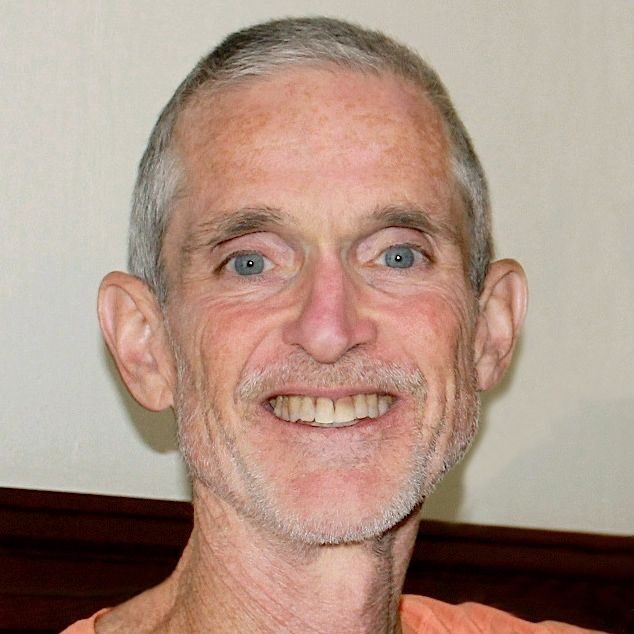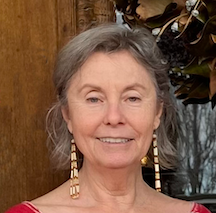Teaching of the Month: Generosity
Real generosity springs from the heart not from the pocket. Real generosity arises easily from the sense of deep connection that we experience when we practice Yoga and free ourselves from the limiting thoughts that divide us. It can take many forms: a warm smile, taking time to appreciate someone or a silent prayer offered with sincerity to uplift a friend. Simply listening to someone with full attention can be a powerful way to offer support and care.
Sharing the gifts and blessings we have received with others is a natural impulse when we acknowledge our abundance and escape the self-centered messages of our culture. Sharing generously opens our hearts to the love and compassion that is our true nature and is ultimately more fulfilling than keeping things for ourselves.
In her book, The Secret Power of Yoga, Nischala Devi comments on the teaching of Astheya: “In our lives we have many occasions to give. In the simplest way, Astheya tells us not to steal. As it expands your heart, it says, give. For maximum benefit, do not even wait for someone to ask, be alert, and never miss an opportunity to give, give, give. Sri Swami Sivanandaji’s students, who hoped to emulate his most generous nature, gave him the nickname of Swami Give-ananda (the bliss of giving).”
Join Swami Ramananda for his 3 part Scripture Studies: The path to freedom, 3 consecutiuve Mondays: June 3,10 & 17, 6:00-7:00 pm (offered individually). Or deeply explore Raja Yoga in Raja Yoga Teacher Training Online starting June 20th.
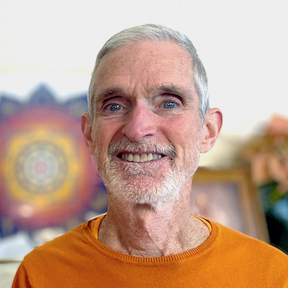 Swami Ramananda C-IAYT, E-RYT 500, is the Executive Director of the Integral Yoga Institute in San Francisco and a greatly respected senior teacher in the Integral Yoga tradition, who has been practicing Yoga for over 45 years. Ramananda offers practical methods of integrating the timeless teachings and practices of Yoga into daily life, and transforming the painful aspects of human experience into steps toward realizing one’s full potential.
Swami Ramananda C-IAYT, E-RYT 500, is the Executive Director of the Integral Yoga Institute in San Francisco and a greatly respected senior teacher in the Integral Yoga tradition, who has been practicing Yoga for over 45 years. Ramananda offers practical methods of integrating the timeless teachings and practices of Yoga into daily life, and transforming the painful aspects of human experience into steps toward realizing one’s full potential.
He leads all levels of Yoga teacher trainings and programs around the globe. Ramananda co-developed the Stress Management Teacher Training program and has trained many teachers to bring Yoga into corporate, hospital and medical settings. He a founding board member of Yoga Alliance and is a co-founder of The Spiritual Action Initiative which brings together individuals committed to working for social justice for all beings and for the care and healing of our natural world. His warmth, wisdom and sense of humor have endeared him to many.
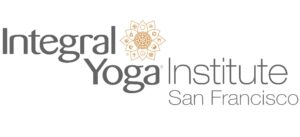


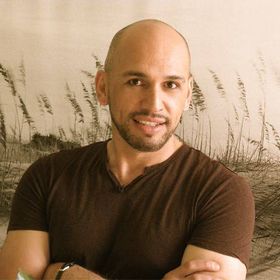 Kealoha Deluz has been a holistic health practitioner for 30 years, holds a Master of Divinity, Ph.D. in Holistic Studies, and is currently working towards a degree in transpersonal counseling. He has been an Integral Yoga Teacher since 2006 and is a Raja Yoga trainer, advanced level Hatha Yoga, meditation and stress management instructor. Kealoha is a licensed massage therapist, skin care practitioner, and holistic life coach. Kealoha Born and raised on the Big Island of Hawaii, and currently lives and works in San Francisco, California.
Kealoha Deluz has been a holistic health practitioner for 30 years, holds a Master of Divinity, Ph.D. in Holistic Studies, and is currently working towards a degree in transpersonal counseling. He has been an Integral Yoga Teacher since 2006 and is a Raja Yoga trainer, advanced level Hatha Yoga, meditation and stress management instructor. Kealoha is a licensed massage therapist, skin care practitioner, and holistic life coach. Kealoha Born and raised on the Big Island of Hawaii, and currently lives and works in San Francisco, California.
